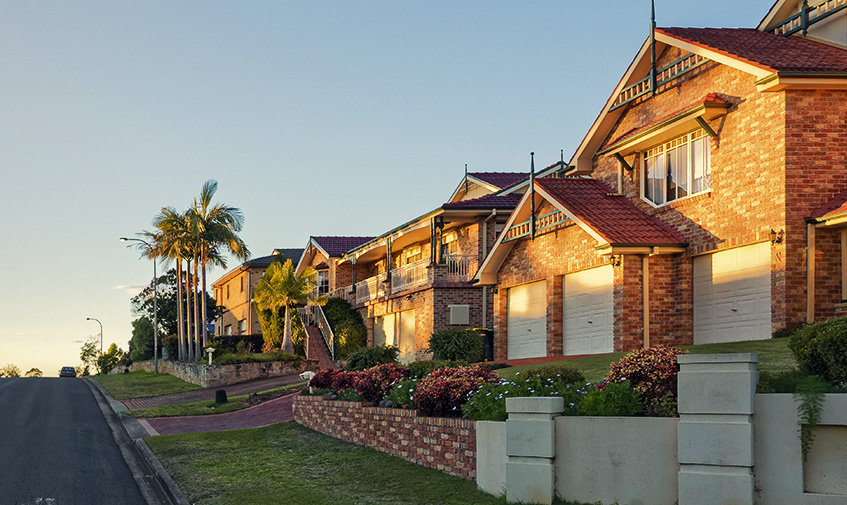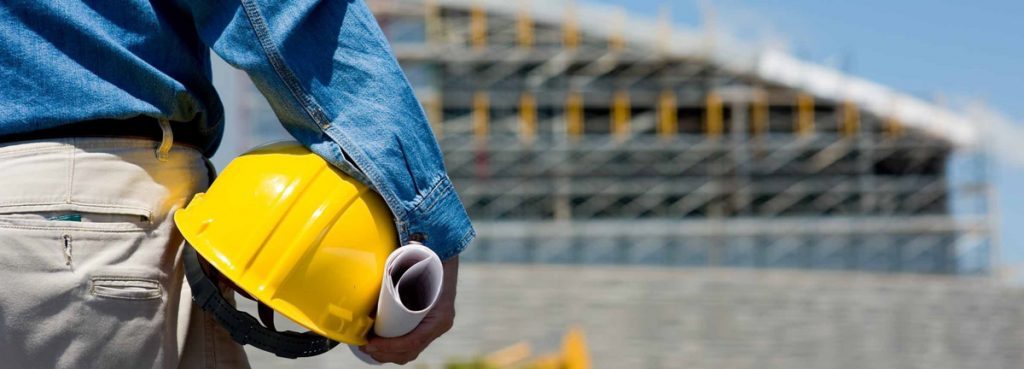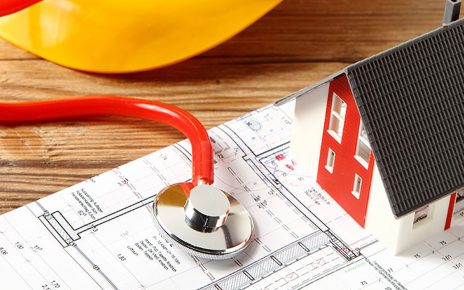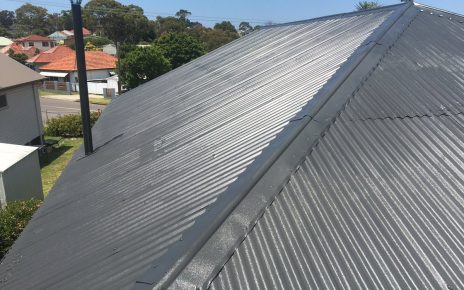The document establishes both how the reviews are carried out and the periodicity thereof. Then, with the help of experts from the building inspections, Vital building & pest inspections explain what the regulations are and how they can influence users:
Why are these building inspections done?
The main objective of these reviews is to verify the status of the facility in terms of energy efficiency, as well as points or areas of improvement, evaluated from economic profitability.
What are they?
The regulations include the obligation to carry out the building inspections of the installation and then subject it to control of that inspection. During the building inspections, the entire installation will be reviewed from the perspective of efficiency and energy consumption.
Subsequently, a building inspection report is drawn up that is legal and must be signed by a qualified technician and registered in the industry. The control of the inspection implies verification of the inspections that have been carried out and the results of the building and pest inspections.
Who carries out the building inspections?
The owner can choose between maintenance companies, authorized control bodies and qualified technicians qualified to carry out the building inspections.
And the building inspections controls?
Among the qualified agents for the building inspections controls is the Inspection and Industrial Control Entity as well as the skilled technicians, but these will not be able to revise facilities in which they have intervened in the drafting of the project, direction of the work or maintenance.
Who is responsible for commissioning these building inspections?
Your installation maintenance company should inform you of the obligation to submit to this inspection, however, are the owner (the community of neighbors or owners of the building) who should commission the work to qualified agents.
How often do supervisions and controls have to be done?
The document establishes that a review every four years should be carried out on heating and hot water production systems that use gaseous fuels (natural gas) or renewable energy sources (biomass, solar, …). Meanwhile, for other sources of energy (diesel, coal), the periodicity will be every two years. About air conditioning systems, the building inspections will be carried out every five years.
What can be the result of the building inspection report?
The result of this may be, as established by the Regulation of Thermal Installations in Buildings, “Acceptable,” “Conditioned,” or “Negative.”
Acceptable : if the performance of the generators of the installation is higher than 80%. In this case, the document will be given to the community with some recommendations for efficiency improvement evaluated from the economic point of view.
And with an estimate of the investment cost, an annual energy saving and the calculation of the internal rate of return of the investment. These recommendations are not mandatory execution.
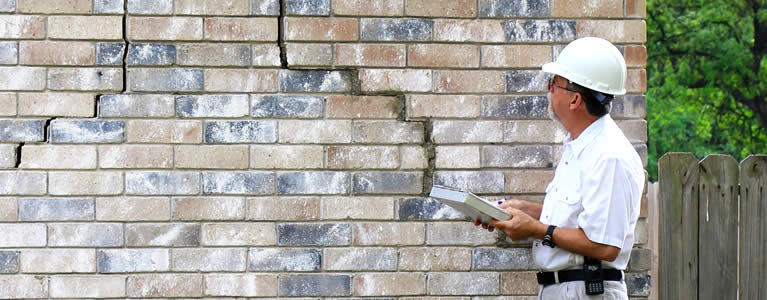
Conditioned : if the performance of the installation generators is less than 80%. This assessment implies that the community will have to resolve its generator performance deficit before the next building and pest inspection control occurs.
Negative : if there are serious safety deficiencies that could lead to an imminent risk to the safety of people, property or the environment, regardless of the performance of the installation.
In this case, the qualified agent who has made the building inspections will have to inform – with a maximum term of 10 days, which will be responsible for making the decision it deems appropriate.

